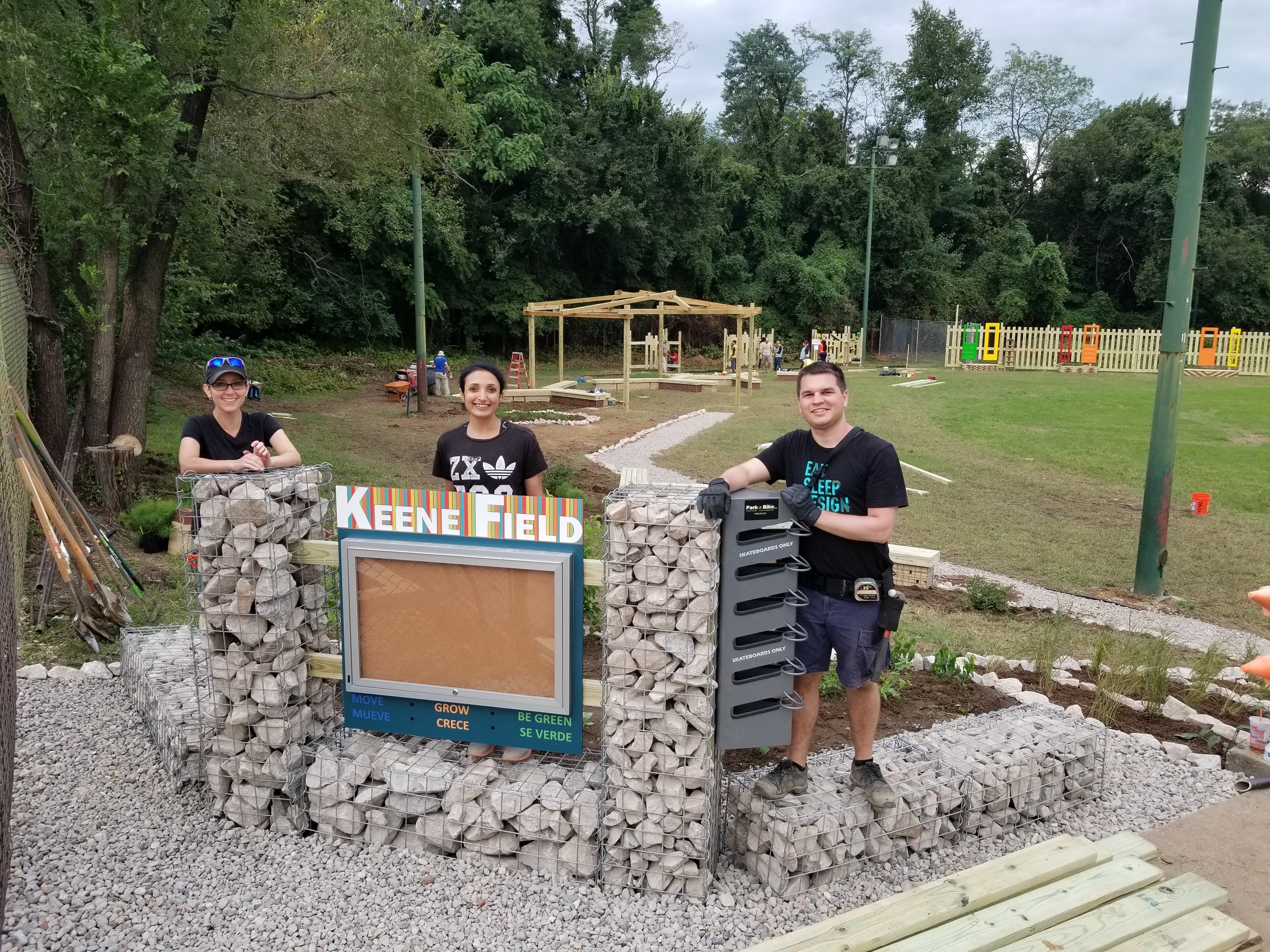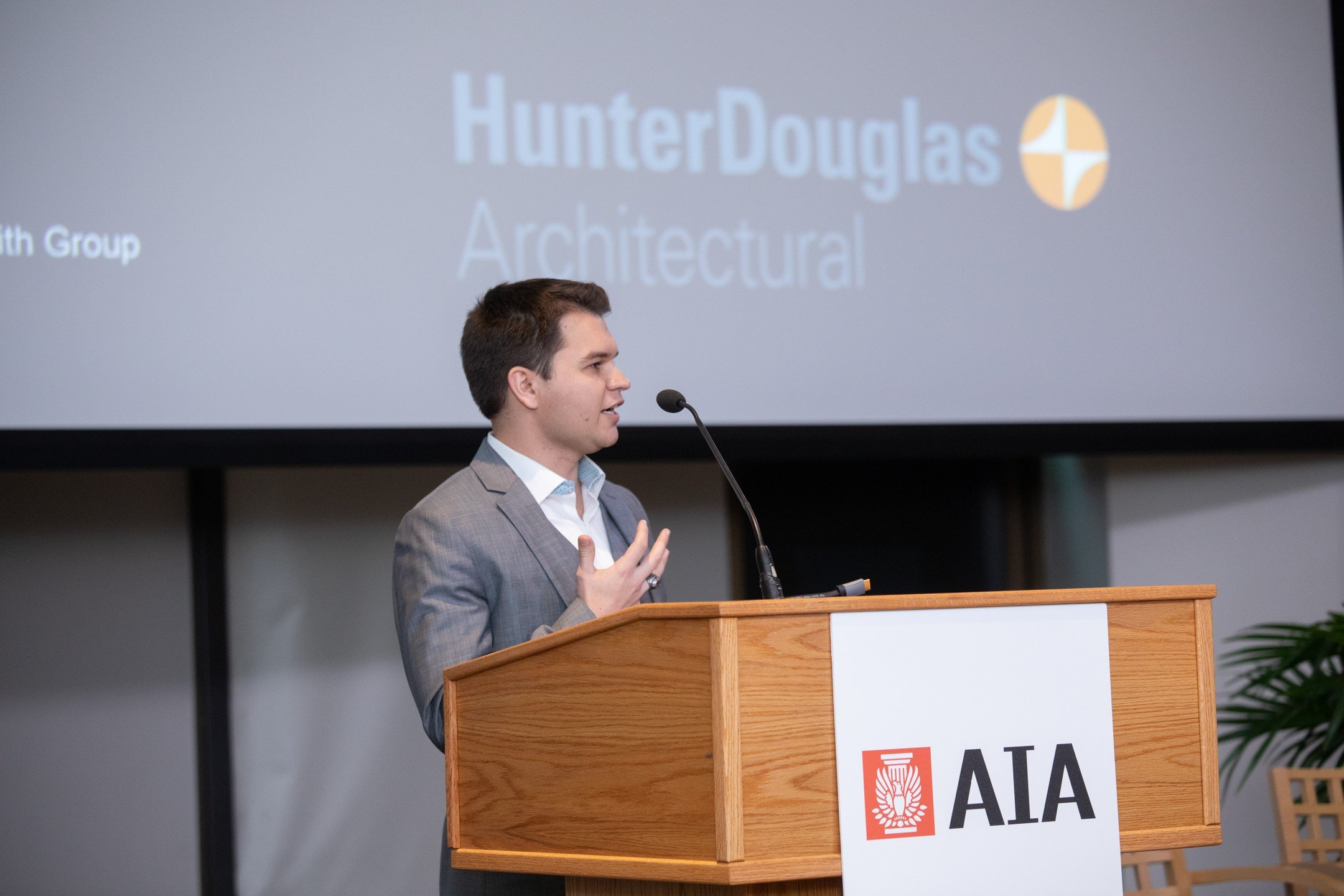
Stephen Parker, AIA, NCARB, LEED AP BD+C
Image: Adilabad Community Hospital
150,000 SF, 150 bed green field hospital and nursing college, Central India
Stephen Parker, AIA, NCARB, LEED AP BD+C
Stephen is a Healthcare Architect and Senior Medical Planner specializing in behavioral health environments at Stantec, a globally recognized leader in healthcare design. A proponent of “architect as advocate” for colleague, client, and community alike, he believes strongly in leadership through service. Stephen has served a diverse client base, including the U.S. Department of Veterans Affairs, MedStar Health, Kaiser Permanente and Trillium Health, among others. He has volunteered as a pro-bono community designer in the US and abroad, and recently returned from master planning a large existing mission hospital in Western Kenya.
An accomplished design researcher and competition team leader, Stephen is an AIA Bethune Fellow, HCD Rising Star, and founder of Hunter Douglas’ Young Architects Roundtable. His forward-thinking healthcare design research is helping to push boundaries and better serve all stakeholders, and has been recognized with awards from the Institute for Patient-Centered Design, FastCo and Healthcare Design Magazine. Stephen was the youngest licensed architect elected to the AIA Strategic Council and served as Co-Convener of the AIA Strategic Council’s Mental Health + Architecture Incubator. When Stephen isn't practicing or volunteering, he and his wife Carrie are building their net-zero, three generation home or nerding out on all things Star Wars.
Educational Background
Bachelor of Arts in Architecture | Clemson University
Master of Architecture, Healthcare Thesis | University of Maryland
Q&A …
What attracted you to healthcare design?
Designing for humanity at its most vulnerable has a compelling sense of purpose. It's also the one market sector that has the most resources dedicated to emerging professionals, research, travel and conference participation, which grants greater access and opportunities for everyone.
Why behavioral health?
For me, it's a confluence of events. My Master's thesis delved into PTSD, Traumatic Brain Injury and other invisible wounds that affect friends returning from serving abroad in uniform. This coupled with opportunities to develop the VA's IP Mental Health Design, design a small autism clinic for Kaiser and other influences lead me down this path for a specialty that few dive deeply into. The profound impact the built environment can have upon your mental health is worth exploring more deeply as the topic is being elevated in the public consciousness. In much the same manner that we have negatively impacted our environment, we treat our bodies poorly, to think nothing of our minds. For me, behavioral health design is experimental and very experiential, harmonizing healthcare spaces that blend evidence-based design with empathy for the human condition. It's a challenging field that I've found deeply rewarding.
What is the benefit of declaring a healthcare (or general design) specialization?
It certainly gives you a sense of purpose and focus. Few if any professionals have the opportunity to dive deeply into a niche focus, fewer still have the drive to do so. Going beyond passion to finding purpose in your work can set you apart from your peers. The ability to compound knowledge and stand out as a subject matter expert has value if it's meeting an unmet need.




My Advice …
You are without-a-doubt dedicated to the architecture profession, but what's one thing you enjoy outside of architecture (both professionally and personally)? How do you take a break from architecture or maintain a work/life balance?
“Well, when I'm not volunteering as an architect for local pro bono projects or as a medical planner for a non-profit design agency serving developing countries, my wife Carrie and I are working on our home, which we're shaping into a net zero, three-generation home. But it's not all work and no play! We do enjoy traveling and hiking, exploring new cities and diverse regions of the world together. When I can, I'll certainly nerd out and expand my ever growing collection of Star Wars books.”
What advice can you give to young professionals who experience burnout, especially during the pandemic?
“Burnout is definitely something I've struggled with and it's why through self reflection I came to the realization that I needed to find a firm and role where I could focus on engagements that really fed my sense of purpose. I've found this was an effective way to contend with the anxiety and frustration that has been rampant during the pandemic, at least for me. I also benefited from having our home to renovate and expand. We could all use an external goal, separate from our work lives, to strive towards. And finally, this can not be stated enough, but self care is not selfish. A fraction of your day spent on your physical, mental and emotional health will reap dividends for your future.”
What advice can you give young professionals who are struggling with the traditional career path of architecture? (Ie. Feeling like creative outlets are limited.)
“I would suggest finding a cause, a building typology, a client type - something - that resonates with you. Whether that manifests in monetary or non-monetary outlets, whether art or volunteering at your local design agency or any other avenues that feeds your creative side. If monetizing that interest manifests into another career path or business , then it could be a stepping stone to gain experience towards a role that better suits your skills and drive. There are many paths ahead of you, some are tread less than others and some require you to be a trailblazer.”
- Stephen Parker, AIA, NCARB

